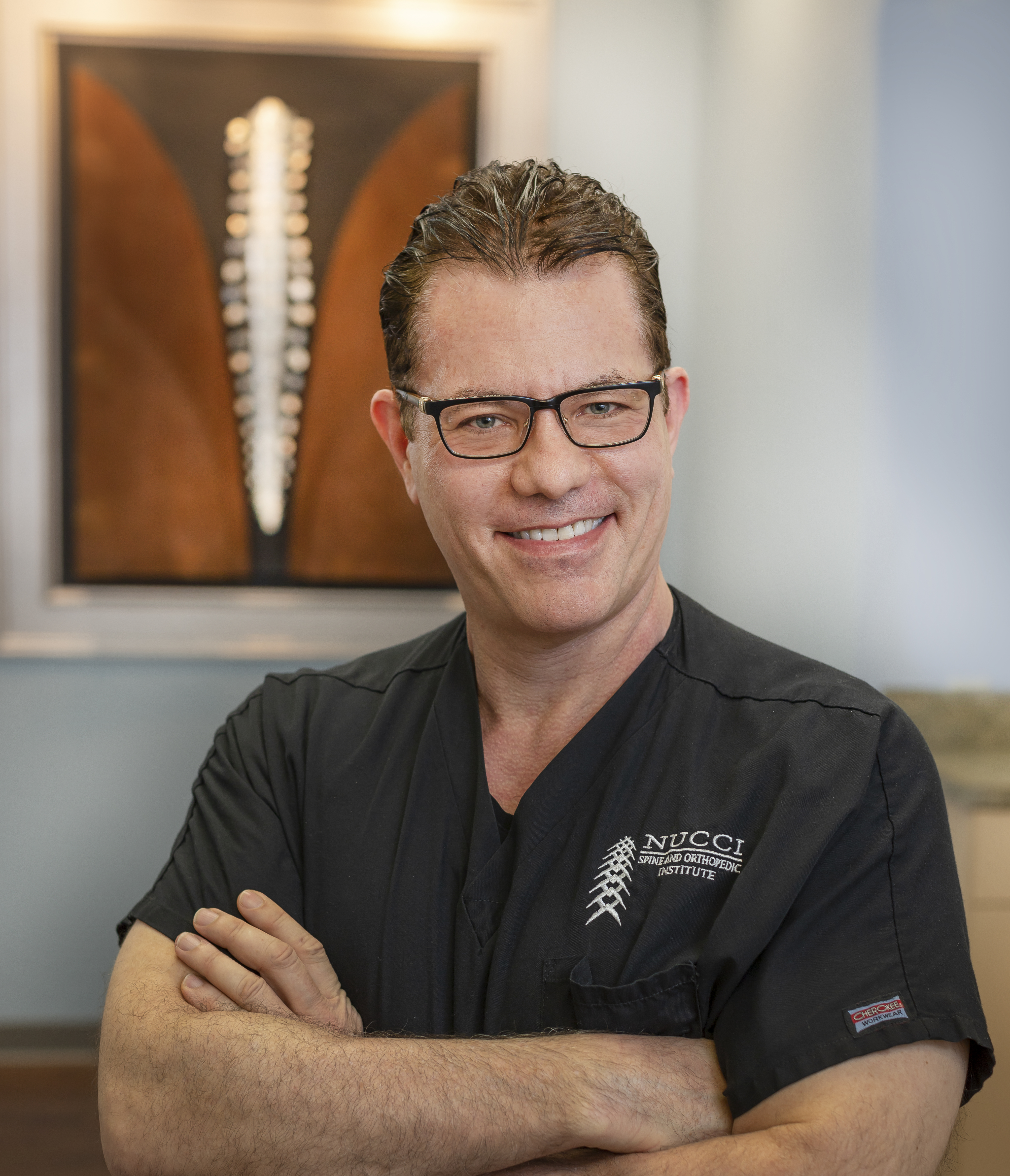Orthopedic Shoulder Injuries
The shoulder is the most mobile joint in the body. It’s stability depends significantly on muscle and cartilage. This is different than the hip joint that has a great deal of bony stability due to its “ball-and-socket” construction. Because of its mobility and lack of significant bony constraints, the shoulder is easily injured. And once injured, these soft tissue structures scar and stiffen quickly causing loss of shoulder motion that is hard to get back. So early diagnosis and treatment of shoulder injuries is key.
Treatment Treatment usually consists of active physical therapy and occasionally injections to help inflammation and pain. Sometimes surgery is needed for injuries that fail non-surgical care or are unlikely to heal without surgery. Surgery is usually done arthroscopically, but for larger and older injuries, open surgery may be needed.
Shoulder Impingement Syndrome The most common type of shoulder injury is impingement, where the arm bone or humeral head “impinges” on the underside of the shoulder causing pain. This is usually treated with physical therapy, anti-inflammatory medications and occasionally a shoulder injection. Arthroscopic shoulder surgery is sometimes needed to decompress the area.
Rotator Cuff Injuries Rotator cuff injuries are another common shoulder condition. The rotator cuff is actually more than one muscle that is deep in the shoulder under the larger deltoid muscle. The larger and more visible deltoid muscle is a strong muscle that moves the arm. But the rotator cuff muscle is the muscle under the deltoid that starts the activity of raising the arm.
The rotator cuff “holds” the ball of the upper arm (the humeral head”) in the shallow socket portion of the shoulder joint called the “glenoid fossa”. If the rotator cuff is injured, there may be difficultly starting motion in the arm when it is at one’s side and pain with motion in general.
Treatment is usually physical therapy and sometimes a shoulder injection for pain and inflammation. If the problem does not improve, then arthroscopic shoulder surgery and repair of the rotator cuff muscles may be needed. If the tear in the rotator cuff muscle is large, then earlier surgical repair may be needed.
Labral Tears Labral tears are another common shoulder injury. The labrum is an addition rim of cartilage around the shallow socket portion of the shoulder joint or glenoid fossa. It deepens the joint so the humeral head is more stable.
I tell patients that the labrum is like the lip on a dinner plate that helps your food from falling off. If the labrum of the shoulder is torn, it can be painful and cause some shoulder instability.
You can also think of the shoulder joint like a basketball (humeral head) on a dinner plate (glenoid fossa). If the lip of the dinner plate is broken off, then the basketball will roll around abnormally on the plate. So too with the humeral head in the glenoid fossa.
Small labral tears can heal but larger tears are more likely to be surgical because the blood supply to the labrum is not good. The labrum is soft cartilage and a large tear may need to be surgically anchored back into place during a shoulder arthroscopy to promote appropriate healing.
Multiple Injuries to The Shoulder There are combined lesions too. You can have shoulder impingement with a rotator cuff tear and a labral tear. There are also even more complex injuries to the shoulder like a SLAP lesion.
Our website has a list of shoulder conditions that are explained in short 2-minute animated videos, as well as surgical treatments for these varied conditions.
Early Diagnosis Bottom line is to diagnose the cause of shoulder pain early by a qualified orthopedic surgeon. Then, treat the injury quickly to prevent disability and stiffness.
If treated early, the injury usually responds to non-surgical care. But if the injury is determined to be surgical, it should be fixed to obtain the best results and the least long-term disability.
